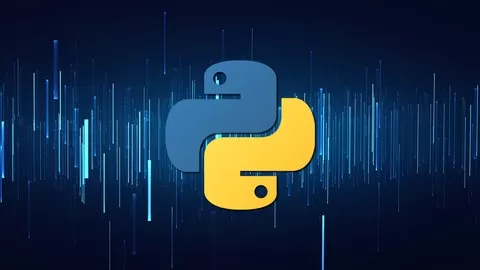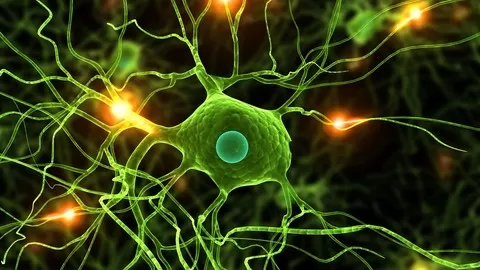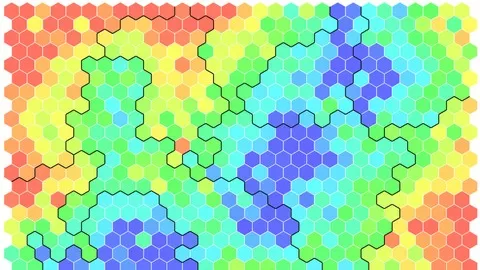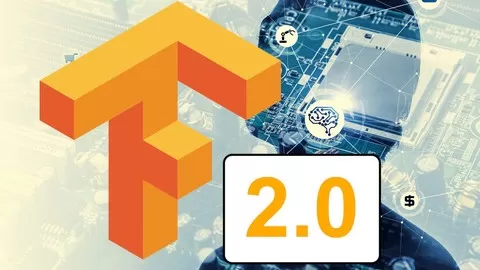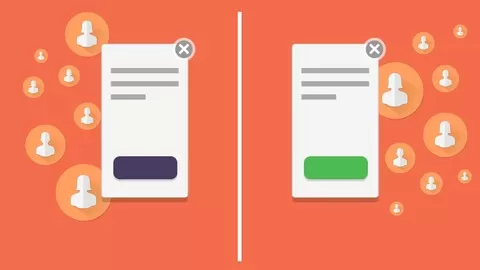In this course you will build MULTIPLE practical systems using natural language processing, or NLP – the branch of machine learning and data science that deals with text and speech. This course is not part of my deep learning series, so it doesn’t contain any hard math – just straight up coding in Python. All the materials for this course are FREE.
After a brief discussion about what NLP is and what it can do, we will begin building very useful stuff. The first thing we’ll build is a cipher decryption algorithm. These have applications in warfare and espionage. We will learn how to build and apply several useful NLP tools in this section, namely, character-level language models (using the Markov principle), and genetic algorithms.
The second project, where we begin to use more traditional “machine learning”, is to build a spam detector. You likely get very little spam these days, compared to say, the early 2000s, because of systems like these.
Next we’ll build a model for sentiment analysis in Python. This is something that allows us to assign a score to a block of text that tells us how positive or negative it is. People have used sentiment analysis on Twitter to predict the stock market.
We’ll go over some practical tools and techniques like the NLTK (natural language toolkit) library and latent semantic analysis or LSA.
Finally, we end the course by building an article spinner. This is a very hard problem and even the most popular products out there these days don’t get it right. These lectures are designed to just get you started and to give you ideas for how you might improve on them yourself. Once mastered, you can use it as an SEO, or search engine optimization tool. Internet marketers everywhere will love you if you can do this for them!
This course focuses on “how to build and understand”, not just “how to use”. Anyone can learn to use an API in 15 minutes after reading some documentation. It’s not about “remembering facts”, it’s about “seeing for yourself” via experimentation. It will teach you how to visualize what’s happening in the model internally. If you want more than just a superficial look at machine learning models, this course is for you.
“If you can’t implement it, you don’t understand it”
•Or as the great physicist Richard Feynman said: “What I cannot create, I do not understand”.
•My courses are the ONLY courses where you will learn how to implement machine learning algorithms from scratch
•Other courses will teach you how to plug in your data into a library, but do you really need help with 3 lines of code?
•After doing the same thing with 10 datasets, you realize you didn’t learn 10 things. You learned 1 thing, and just repeated the same 3 lines of code 10 times…


